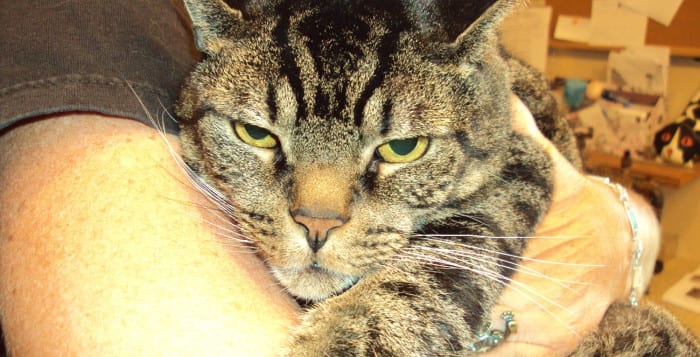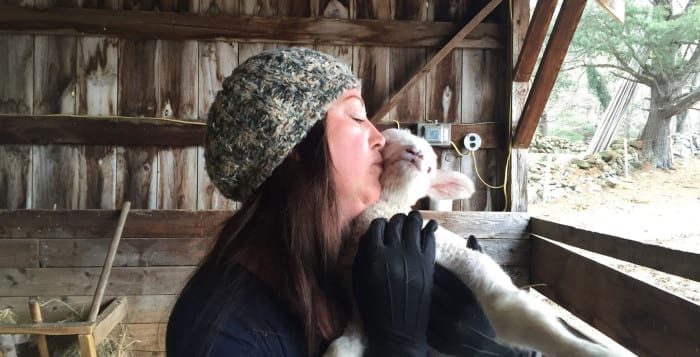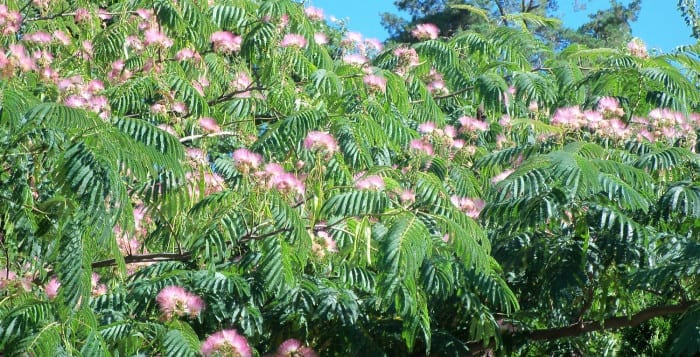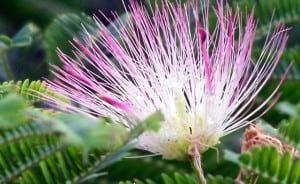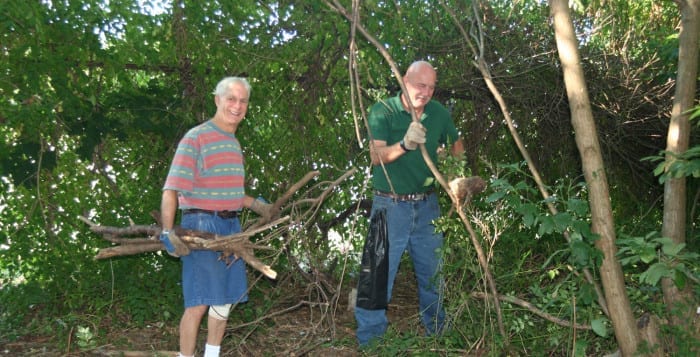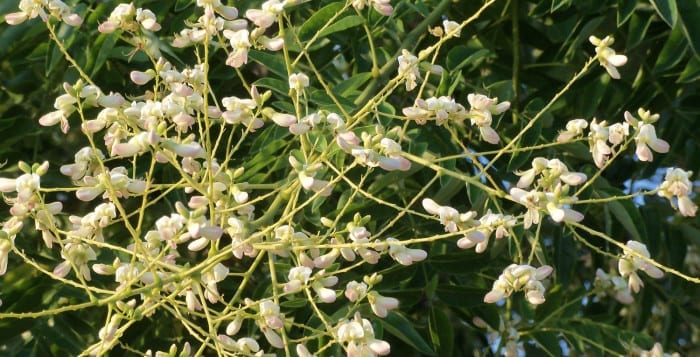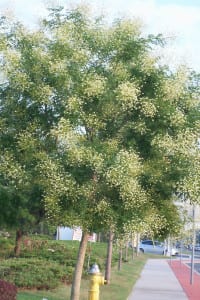By Ernestine Franco
In 2012, the Sound Beach Civic Association hosted its first annual Pet Adopt-A-Thon. More than 200 people attended and many animals found new, loving homes. Fast forward three years and the event is still going strong, fulfilling its goal of encouraging responsible pet ownership and providing a venue for local rescue groups to get animals adopted.

Don’t miss the 4th annual Sound Beach Civic Association Pet Adopt-A-Thon on Saturday, Sept. 26, from 11 a.m. to 3 p.m., in the Hartlin Inn parking lot, 30 New York Ave., Sound Beach, across from the Post Office.
Whether you’re looking to adopt, would like to support the great work of animal welfare groups, or just want to have a family-friendly fun day in Sound Beach, stop by.
The animal welfare groups participating in this event take unwanted, abandoned, abused, or stray animals and care for them until loving homes can be found. Some groups are bringing adoptable pets, and others will have information on adoptable pets as well as responsible pet care.
For the third year, Animal Rescue Fund of the Hamptons adoption van will be there filled with cats and dogs looking for new homes. Also taking part will be the Adoption Center, Friends of Freddie, Grateful Greyhounds, Last Chance Animal Rescue, Long Island Bulldog Rescue, Paws Unite People, Regina Quinn Legacy Fund, Save-A-Pet, and Brookhaven Town Animal Shelter. Miller Place Animal Hospital will offer a free exam for any forever friend adopted that day.
There will be lots of great raffle auction prizes — donations still being accepted — and a 50/50, with all proceeds going to the participating animal welfare groups. Bring your children for face painting by Jen Chiodo of Jen Chi Faces. Enjoy the music of Gina Mingoia and Sal Martone from 1 to 3 p.m. “They’re really talented,” said Bea Ruberto, president of the civic,” and we’re so grateful that, for the third year, they’re willing to take time away from their busy schedule to help make the day so special.”
And, of course, come and meet your new best friend. There’s a shelter cat or dog waiting to meet you.
Wilbur the tabby cat was rescued by Save-A-Pet after being run over by a car. He had a broken pelvis and is now afraid to move. He needs a caring friend to help him work through the pain. Also at Save-A-Pet, Malibu lived outside, chained, for the three years she has been on this planet. She has had several litters that all have been placed and now she needs a place to call home.

Guardians of Rescue, supporters of Save-A-Pet, rescued Max and Hera, the two gorgeous, sweet malamutes pictured on the right. The duo have bonded and the hope is that they can be adopted together.
Another duo who would like to be placed together are the mother and son pitbull team, Rory and Dean, who came to the Brookhaven Town Aniaml Shelter with a skin condition. They have been treated and are ready to be placed in a home. Blossom, a true “nanny dog” who loves everyone she meets, has lived at the town shelter for two years and now she too needs a loving home.
Also pictured are two adorable kittens rescued by Volunteers for Animal Welfare. They were found in dire need of veterinary care and a safe haven. Like so many others you’ll meet if you stop by, all they need is a forever home.
You’ll also meet some newly rescued greyhounds. As I write this, Grateful Greyhounds will be getting several of these gentle giants from the race track and then they will be vet-checked and evaluated. The oldest breed known to man, greyhounds are very docile, gentle and friendly.
Admission is free and all are welcome. For more information call 631-744-6952 and remember, Save A Life — Adopt A Pet.

